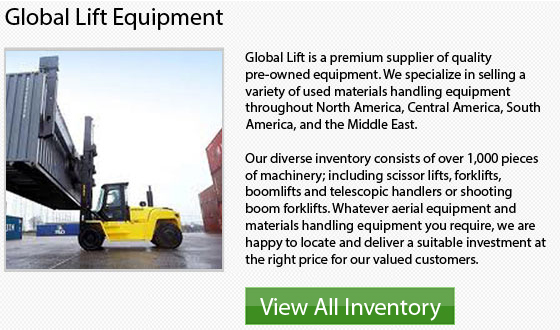
The Evolution into Hydraulics
WWII forced much of society to improve overall creativity. In this specific period in history, the design and development of cranes evolved greatly. These industrial equipments changed the face of the construction industry.
The very first hydraulic crane was made in 1946 by crane company F. Taylor & Sons. This first model was not able to luff or slew and was only utilized by the company. When it joined together with Coles during the year 1959, this particular model opened up the doors for a 50 and 42 Series. A Morris W.D. chassis is what the mobile hydraulic crane was initially placed on.
The hydraulic crane by Taylor & Sons operated on a boom powered by a hydraulic pump as well as cylinders that were lowered and lifted by a hydraulic pump. Once the company was unable to use army vehicles as chassis for the equipment, they began production for designing their own mobile hydraulic cranes.
These first machines gained much praise and were heralded as amazing machinery. They were supposed to be capable of rebuilding all which was damaged by bombs in the war. The cranes were responsible for helping put together nations, cities and individual homes. Hydraulic systems became designed more and more complicated. The pumps and gear systems were able to be powered while the trucks remained immobile. Businesses like for instance Hydrauliska Instustri AB made the very first truck loader crane appearance on the market.
The A2 crane was introduced in the year 1952. This unit was mounted directly to the back of a Chevy truck. It was complete with a hooked winch and hydraulic lifting cylinders. This loader crane started a huge trend within the industry. A company situated within Bremen, called Atlas Weyhausen began making similar versions of this machinery.
Cranes immediately after the war were becoming more sophisticated. Various businesses and manufacturers making the winches developed accurate telescopic booms, and the hydraulic pumps were improved and utilizing various materials so as to change the way the crane was developed.